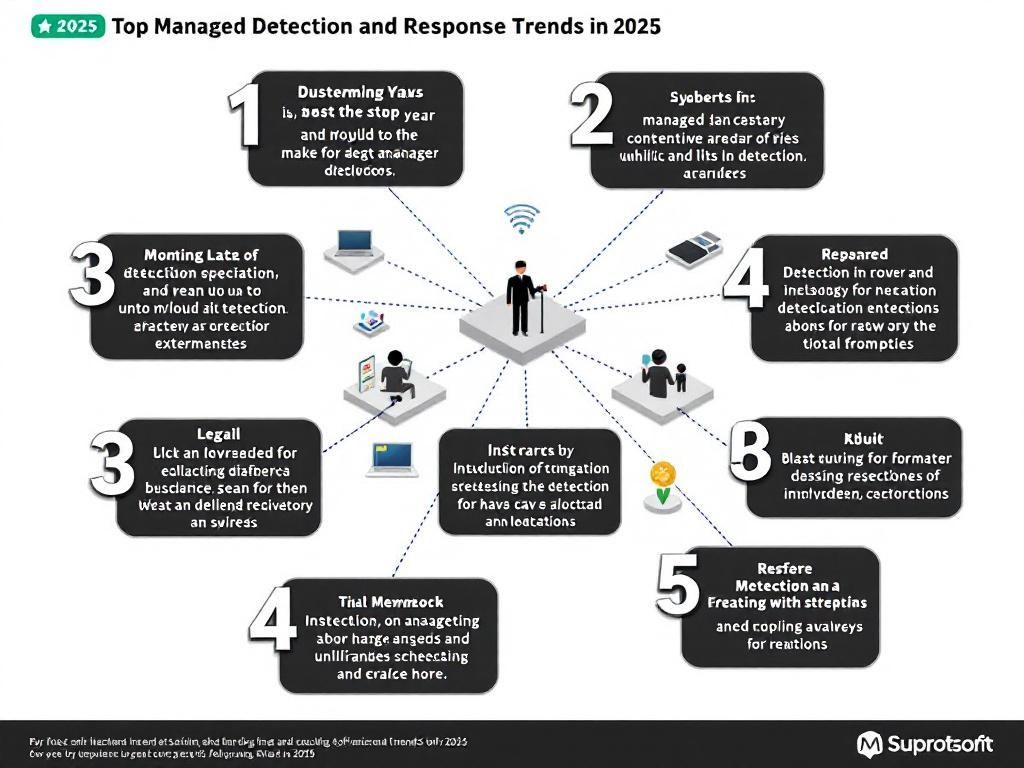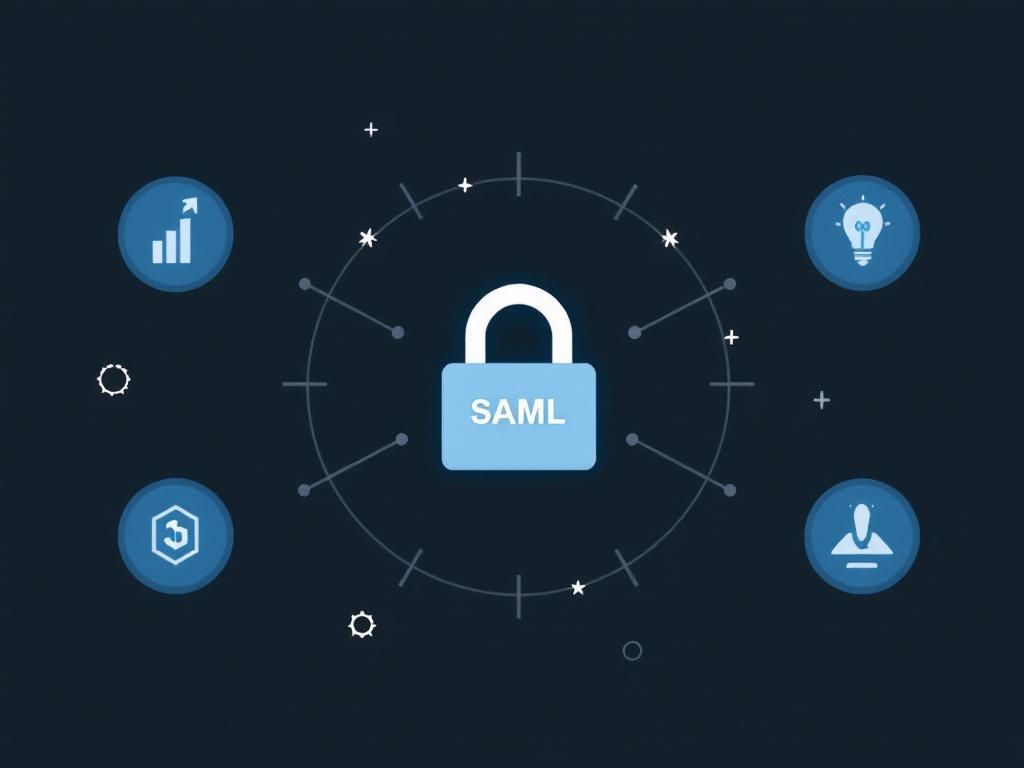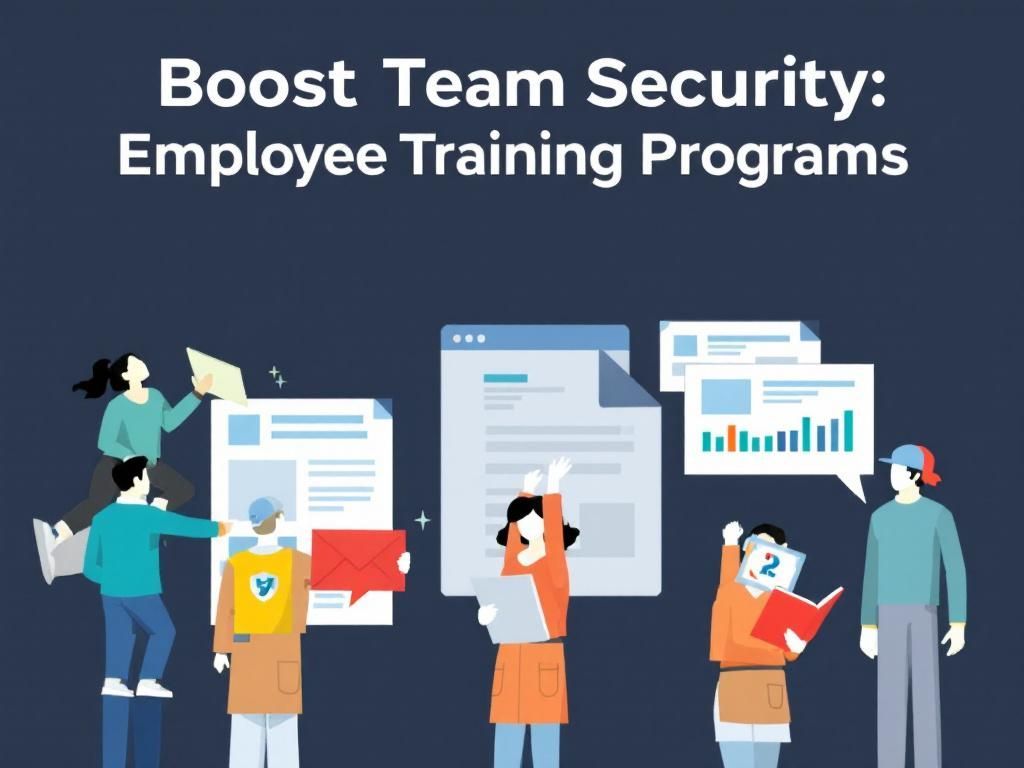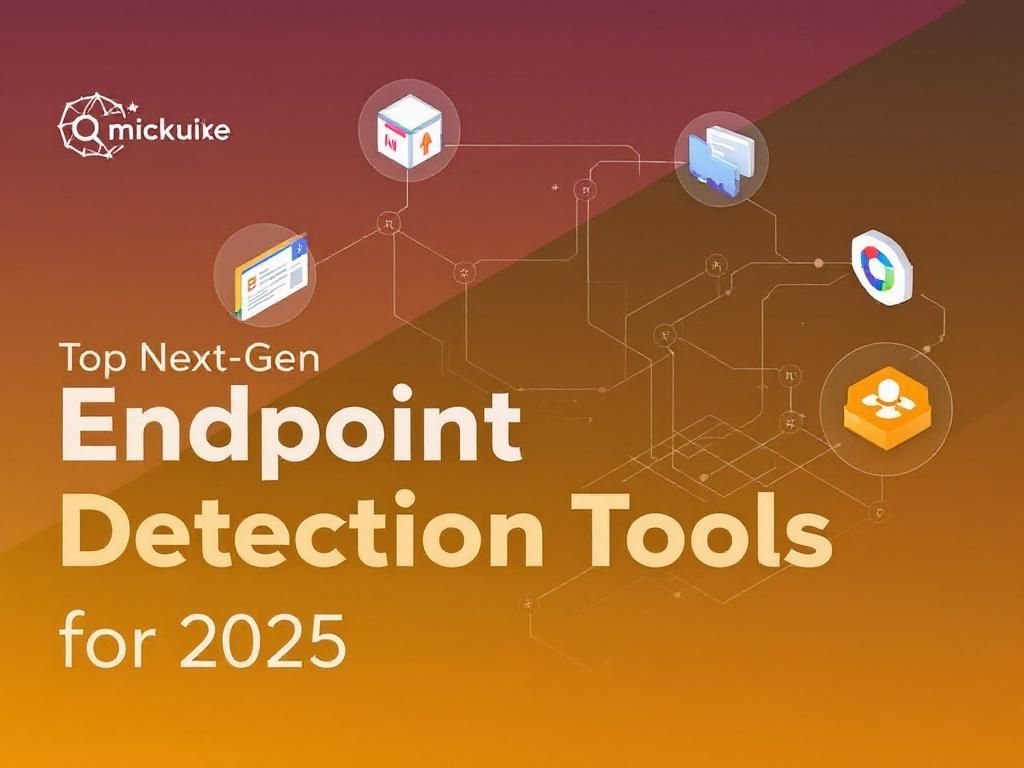Enhance Security with SAML and SSO Solutions
Discover how SAML and SSO solutions can elevate your security protocols, streamline user access, and enhance overall organizational safety.

In today’s digital landscape, security is more crucial than ever. With the rise of cyber threats and data breaches, organizations are turning to advanced authentication methods to safeguard their users’ information. One of the most effective ways to enhance security and streamline user access is through Security Assertion Markup Language (SAML) and Single Sign-On (SSO) solutions. These technologies not only bolster security but also improve user experience. In this article, we will explore SAML and SSO, their benefits, and how they can elevate your security posture.
Table of Contents
Understanding SAML and SSO
SAML is an open standard for exchanging authentication and authorization data between parties, primarily between an Identity Provider (IdP) and a Service Provider (SP). SSO, on the other hand, is a user authentication process that allows a user to access multiple applications with one set of login credentials. Together, SAML and SSO provide a robust framework for secure user management.
How SAML Works
SAML works through the following process:
- User initiates SSO login: The user tries to access a service that requires authentication.
- Request for authentication: The service provider redirects the user to the identity provider for authentication.
- User authentication: The identity provider authenticates the user and generates a SAML assertion.
- Assertion transfer: The SAML assertion is sent back to the service provider.
- Access granted: The service provider verifies the assertion and grants access to the user.
Benefits of SAML and SSO
Implementing SAML and SSO can provide numerous advantages for organizations:
- Enhanced Security: Reduces the risk of credential theft by minimizing the number of passwords users manage.
- Improved User Experience: Users enjoy seamless access to multiple applications without the need to log in repeatedly.
- Centralized Identity Management: Organizations can manage user accounts and permissions from a centralized platform.
- Compliance and Audit: SAML can help organizations comply with regulations by providing detailed logs of authentication events.
- Cost-Effective: Reduces IT overhead by decreasing password reset requests and related support tasks.
Implementing SAML and SSO Solutions
Implementing SAML and SSO requires careful planning and execution. Here are key steps to consider:
1. Choose the Right Identity Provider (IdP)
Selecting a reputable Identity Provider is critical. Consider the following factors:
- Integration capabilities with your existing systems.
- Support for various authentication methods (MFA, biometrics, etc.).
- Scalability for future growth.
- Compliance with industry standards and regulations.
2. Assess Service Providers (SPs)
Identify the applications that will utilize SSO and ensure that they support SAML. Common SPs include:
- Cloud applications (Google Workspace, Microsoft 365)
- Enterprise applications (Salesforce, Jira)
- Custom-built applications
3. Establish Trust Relationships
To allow secure communication between the IdP and SP, establish trust through:
- Exchanging metadata files containing configuration details.
- Validating certificates to ensure secure transactions.
4. Configure SAML Settings
Configure the settings in both the IdP and SP to ensure proper communication. Common settings include:
| Setting | Description |
|---|---|
| Entity ID | Unique identifier for the SP or IdP. |
| Assertion Consumer Service (ACS) URL | Endpoint where the SAML response is sent from the IdP to the SP. |
| Single Logout (SLO) URL | Endpoint for users to log out from all applications. |
Best Practices for SAML and SSO
To maximize the effectiveness of SAML and SSO solutions, adhere to the following best practices:
- Implement Multi-Factor Authentication (MFA): Add an extra layer of security to the login process.
- Regularly Audit User Access: Periodically review user permissions and access levels to ensure compliance.
- Monitor Authentication Events: Use logging and monitoring tools to track access patterns and detect anomalies.
- Educate Users: Provide training on security awareness and best practices for password management.
Conclusion
In a world where data breaches are pervasive, adopting robust security measures like SAML and SSO is essential. These technologies not only enhance security but also streamline user access to various applications, resulting in a more efficient and user-friendly experience. By understanding how SAML and SSO work, implementing them effectively, and adhering to best practices, organizations can significantly elevate their security posture while simplifying user management.
FAQ
What is SAML and how does it enhance security?
SAML, or Security Assertion Markup Language, is an open standard for exchanging authentication and authorization data between parties. It enhances security by allowing users to authenticate once and gain access to multiple applications without the need for multiple passwords.
What is Single Sign-On (SSO) and how does it work?
Single Sign-On (SSO) is an authentication process that allows a user to access multiple applications with one set of login credentials. SSO works by using a centralized authentication server that verifies the user’s identity, streamlining the login process and improving user experience.
What are the benefits of using SAML and SSO together?
Using SAML and SSO together provides enhanced security, reduced password fatigue, and improved user experience. It allows organizations to manage user identities efficiently, minimize the risk of password-related breaches, and simplify access to various applications.
How does implementing SAML and SSO improve compliance?
Implementing SAML and SSO helps organizations meet compliance requirements by providing centralized access control, detailed logging of user access, and improved data protection measures. This ensures that sensitive information is handled in accordance with regulatory standards.
Can SAML and SSO be integrated with cloud applications?
Yes, SAML and SSO can be easily integrated with cloud applications. Most cloud service providers support SAML for authentication, enabling secure access to cloud resources while maintaining a seamless user experience.
What challenges might organizations face when implementing SAML and SSO?
Organizations may face challenges such as integration with legacy systems, ensuring compatibility across various applications, and addressing user training needs. Proper planning and utilizing expert guidance can help mitigate these challenges.








